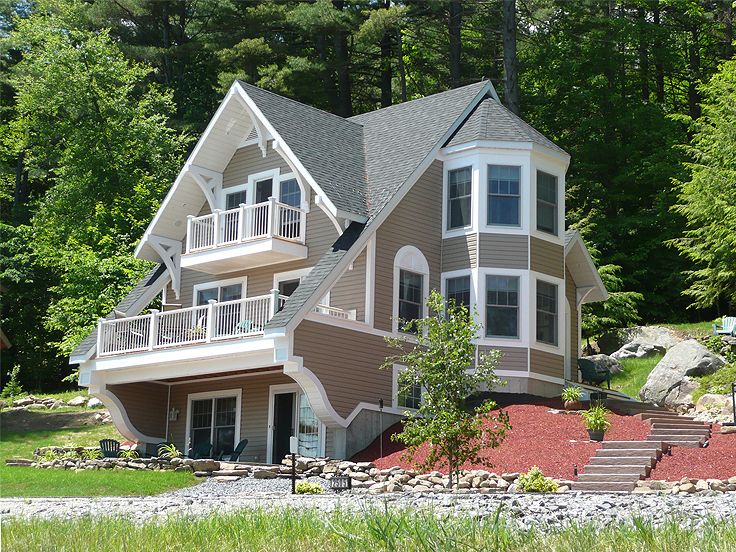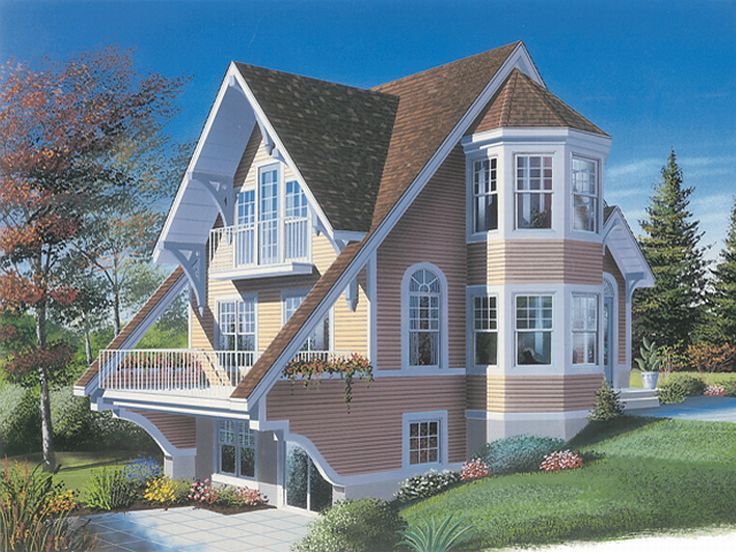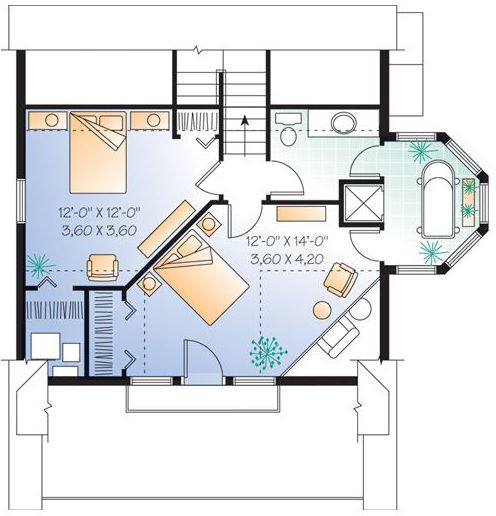System modeling
System
A system is something of interest that has a purpose. It can usually be bounded. For instance, a planetary system, a weather system, a cardiovascular system, an operating system, a car, a house are systems. Human-built systems are called artefacts as opposed to natural systems.
Here is a System of Interest (SoI) also called the System under Study (SuS): House

Model
Models are abstractions of something of interest, that are built with a goal.
Models are used to describe existing systems in order to understand them for instance. But models are also used to describe non-existing systems in order to specify and build them.
Models are used to compute, to analyse, to predict, to evaluate, to communicate, etc.
Follow few models of the House above:



If fact, we always use models. Natural Language is also a way to model.
“My dream house has lots of rooms and windows. Outside my dream house, there is giant park.”
or
“Located on a plot of 2000m2, this property consists of the main house of 275m2. The main house, completely renovated, has on the ground floor a living room bathed in light with a view of the garden; a kitchen with its laundry room, a bedroom with a shower room. To sell 1.3M€”
are also models.
Research goal
All these models bring a specific point-of-view on system. We are interested in how they can be handled, inter-related, in a word: federated.
To achieve that we need to tackle:
- heterogeneity and then propose flexible way of describing models (and their “parts”)
- inconsistency and then propose resilient way of linking models (and their “parts”)
- Process modeling since it is also important to understand how (the process) the model of a system is developed
